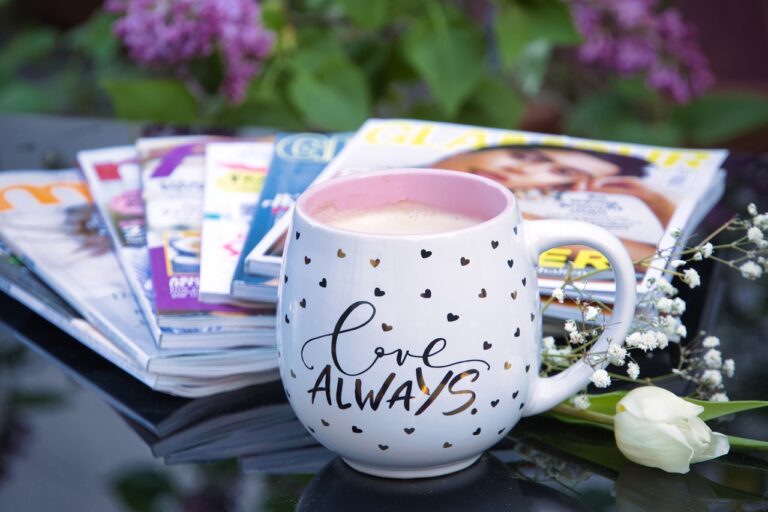Exploring Different Interior Design Styles
Modern interior design emphasizes clean lines, open spaces, and a harmonious blend of form and function. This style often incorporates sleek materials such as glass, metal, and concrete to create a contemporary and sophisticated atmosphere. Neutral color palettes with pops of bold hues are commonly used to add visual interest and personality to the space. Additionally, modern interiors typically feature minimalist furniture with a focus on simplicity and comfort, devoid of unnecessary ornamentation.
In modern interior design, natural light plays a significant role in enhancing the overall ambiance of a room. Large windows and strategically placed light fixtures are utilized to create a bright and airy environment. This design style also embraces the concept of sustainability, with eco-friendly materials and energy-efficient solutions being incorporated into the space. Overall, modern interior design offers a sleek and streamlined aesthetic that is both aesthetically pleasing and functional for today’s fast-paced lifestyle.
• Clean lines, open spaces, and harmonious blend of form and function
• Sleek materials like glass, metal, and concrete used for contemporary atmosphere
• Neutral color palettes with pops of bold hues for visual interest
• Minimalist furniture with focus on simplicity and comfort
• Emphasis on natural light to enhance ambiance
• Sustainability concept with eco-friendly materials and energy-efficient solutions
• Offers sleek and streamlined aesthetic for fast-paced lifestyle.
Traditional Interior Design
In traditional interior design, you will often find a rich and warm color palette, incorporating hues like deep reds, earthy browns, and classic greens. These colors are complemented by ornate furniture pieces, intricate patterns, and lavish textiles like velvet and silk. Wood accents, such as carved oak or mahogany, bring a sense of elegance and timelessness to the space.
Traditional interiors are characterized by a sense of coziness and comfort, achieved through plush furniture, layers of textiles, and decorative elements like tassels and fringe. Rooms are often arranged symmetrically, with furniture and decor placed in balanced compositions. Additionally, traditional design pays homage to craftsmanship and heritage, showcasing pieces that are carefully curated and have a sense of history behind them.
Minimalist Interior Design
Minimalist interior design focuses on simplicity, clean lines, and a clutter-free aesthetic. This design style advocates for the use of functional and essential elements, creating a sleek and uncluttered space that promotes a sense of calm and tranquility. The mantra of “less is more” is at the core of minimalist design, with every element serving a purpose and contributing to the overall harmony of the space.
Neutral color palettes, such as whites, grays, and earth tones, are commonly used in minimalist interior design to create a sense of serenity and spaciousness. Furniture pieces are often sleek and simple in design, with an emphasis on functionality rather than ornate details. The use of natural materials like wood and stone further enhances the minimalist aesthetic, adding warmth and texture to the space.
What are the key characteristics of minimalist interior design?
Minimalist interior design focuses on simplicity, clean lines, and a clutter-free environment. It often incorporates neutral colors, simple furniture, and a sense of openness.
How does minimalist interior design differ from modern interior design?
While modern interior design can incorporate a variety of styles and trends, minimalist interior design specifically emphasizes simplicity and functionality. Minimalist design tends to have a more pared-down aesthetic compared to modern design.
Can traditional interior design elements be incorporated into a minimalist design?
Yes, traditional elements can be incorporated into a minimalist design, but it’s important to do so sparingly and thoughtfully. For example, a few carefully chosen traditional pieces or decorative accents can add warmth and character to a minimalist space.
How can I create a minimalist interior design in my own home?
To create a minimalist interior design in your home, start by decluttering and simplifying your space. Choose furniture with clean lines and minimalistic aesthetics, and opt for a neutral color palette. Focus on functionality and only keep items that serve a purpose in your space.







